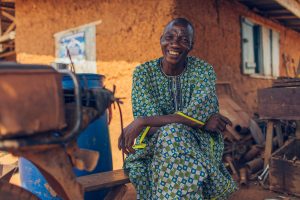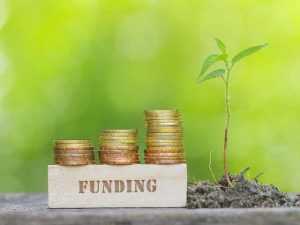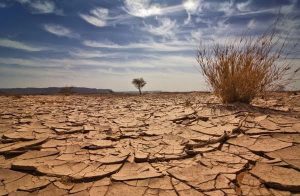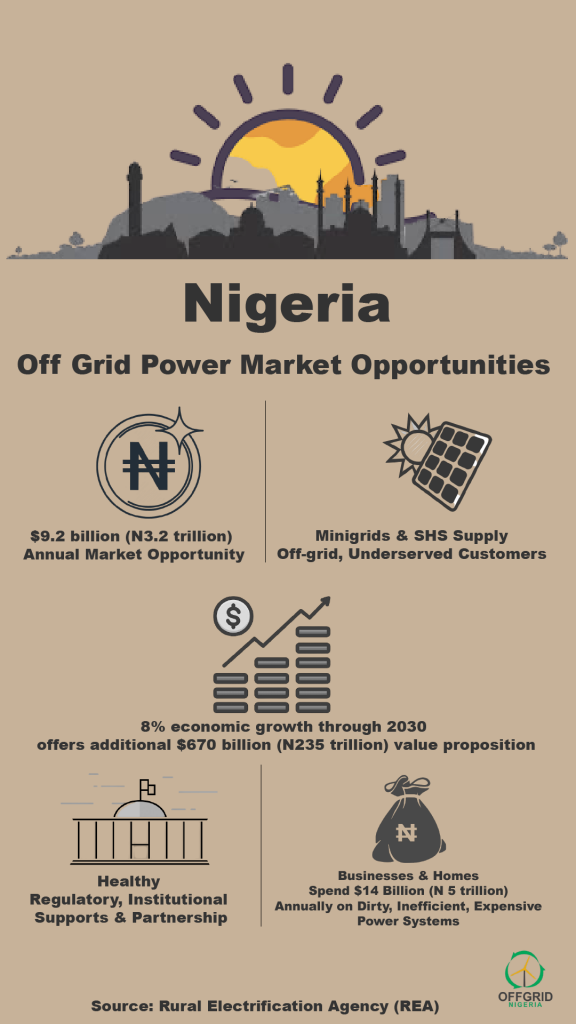Today, the Vatican is legitimately regarded as the greenest country in the whole of the universe, after it reportedly completed an audacious $660 million investment to power its entire corners with electricity from the sun.
Seven years after it made the decision to go solar, and completed its massive 100 megawatt (MW) solar array installation near the Santa Maria de Galeria in 2010, the Vatican has continued to run on electricity from the sun, thus saving life and nature.
However, becoming the greenest nation in the world didn’t come by chance to Vatican, it reportedly took it committing to the ideals it stood for.
From this commitment, it was able to assemble the 100MW solar plant and arrays of solar systems located throughout the city, to be able to power all of its corners solely on solar power without the need for any fossil fuel-based electricity.
Its official newspaper – Osservatore Romano, reported that since the completion of the collection of solar photovoltaic systems, the small nation-state has saved 45 tons of oil per year and provided enough electricity for its inhabitants.
“The Vatican has reached a small record in solar energy power production per capita: 200 watts at peak times . . . per inhabitant, compared to 80 in Germany, the world leader in this field,” said Osservatore Romano.
Located on a 740 acre site near Santa Maria di Galeria, the solar plant according to reports generate enough energy to power all of Vatican’s 40,000 households.
But long before Pope Francis’ encyclical on the environment, Laudato Si’, was let out to the world in 2015, the Vatican and Catholic Church have endlessly maintained a forefront role in advocating for responsible stewardship through environmental conservation and sustainable practices.
Married with science perhaps, the Catholic Church has for decades asked the global community to take more seriously the science of environmental issues as contained in the encyclical – Centesimus Annus, which Pope Saint John Paul II released in 1991 to urge humanity to respect nature and what God has given it – the environment.
To continue to advance its push for cleaner energy and respectable use of the environment, the Vatican has also indicated that its 400-seater cafeteria would consider installing solar heating system to provide for heating and cooling for its users.
Additionally, Pope Francis’ summer residence is reportedly partially powered by the methane from the horse stables. Equally, the city is known to be researching a new electric vehicle to possibly replace the iconic Popemobile with a more environmentally friendly vehicle.





